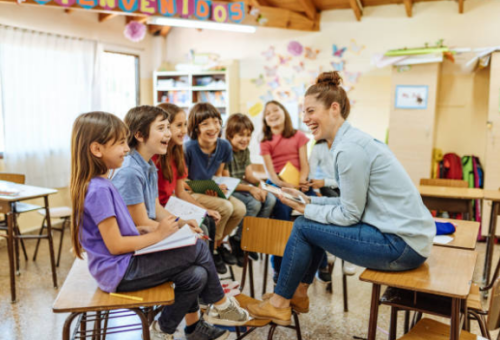
Offering alternative learning paths to our students can result in an active and effective learning process. The most important aim of all methodologies is to build significant knowledge and leave behind old traditions where students were mere passive subjects.
Knowing different methodologies is necessary to diversify and adapt teaching in each class. It has been demonstrated that this type of pedagogical practice works; students become more involved and more educational centers around the world are putting them intro practice. Here are five easy-to-apply learning methods with your students:
Problem-Based Learning
This methodology has as its starting point the statement of a problem. The goal is easy; the students, usually in groups, have to find a solution. It is a process that keeps away the memorizing concepts system and opens up to the development of practical thinking and analytical skills. Moreover, abilities as communication and teamwork are inevitable in these types of activities.
Project-Based Learning
This educational strategy seeks to involve students in a real school’s environment problem. The method actively involves them in the learning process since they must investigate a current problem in their educational environment and develop a solution that puts an end to it. Something characteristic of this methodology is the social utility of the projects, which can be very attractive and motivational for students. The Project-Based Learning is guided by a basic question or challenge that leads the entire project.
Cooperative Learning
The method of this learning is based on taking advantage of the diversity of a classroom. It consists on dividing students into small groups to achieve a common goal. Students work in coordination and as a team, boosting attitudes as initiative and involvement. Of course, social skills are the protagonists in this methodology, developing skills such as respect, interaction and conflict resolution.
Gamification
This learning system is based on using games techniques and mechanisms to achieve specific goals. Gamification allows you to accomplish fast and effective results. Its is based on two main pillars: fun and motivation. It’s a strategy that turns educational activities into entertaining and enjoyable exercises, encouraging curiosity and student participation. The game dynamics aim to involve the student in their own learning.
Thinking-Based Learning
This is the educational model where the professor teach how to think, developing skills such as reasoning or critical thinking. It’s a technique that allows a deeper and more significant understanding of the contents. Organizing class discussions, debates or asking questions for reflection is a very easy way to put this methodology into practice with students.